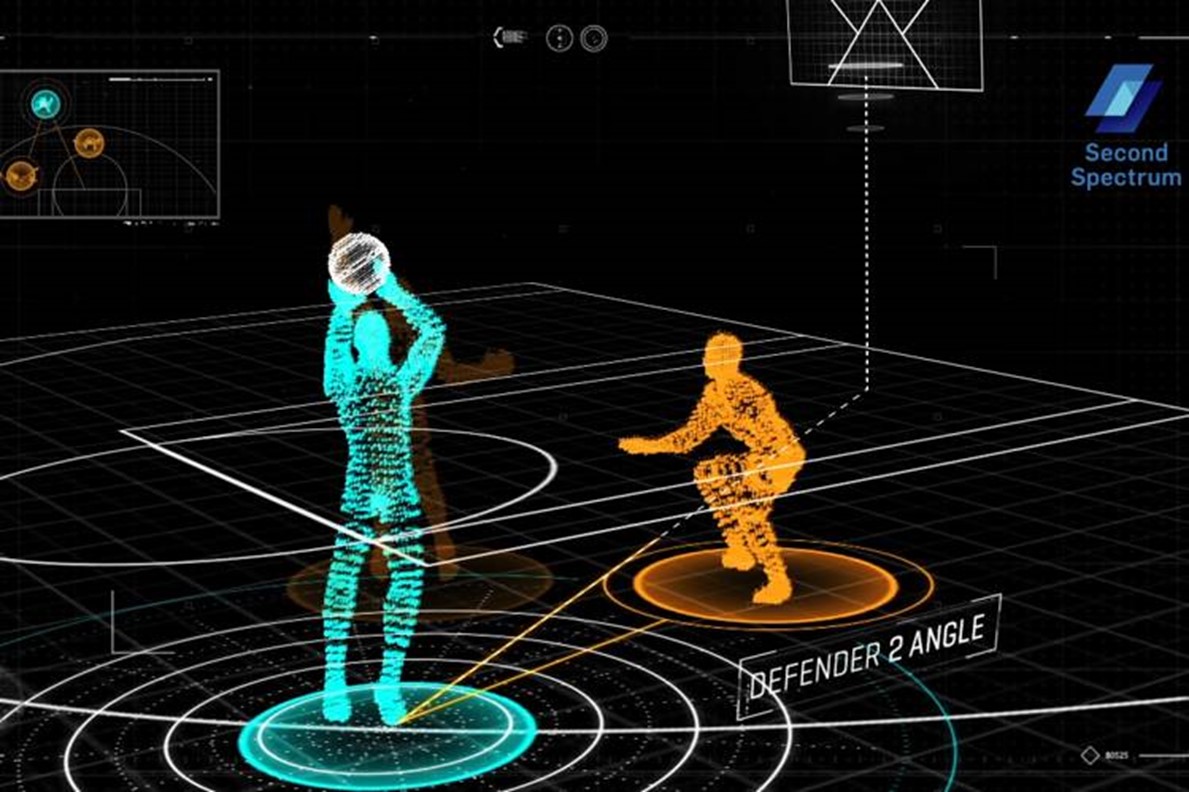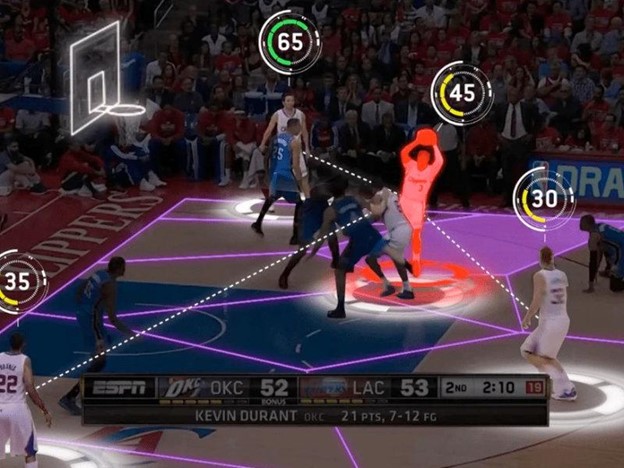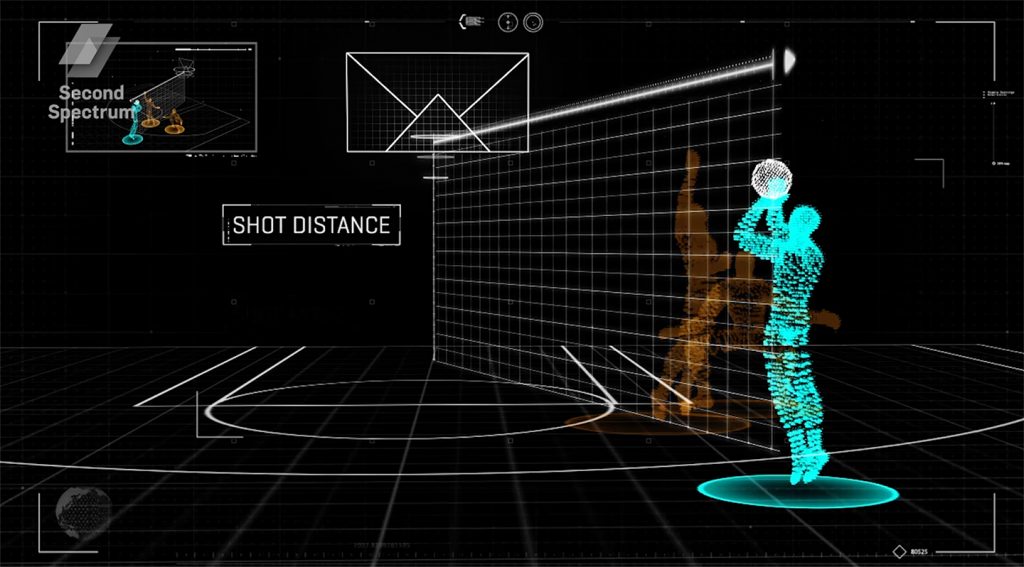How Second Spectrum Tracking Data Technology Is Changing Sports
Technology has always been omnipresent in professional sports. Lucrative revenues drive the need for more information, and as an industry intensely focused on gaining an edge over competitors and perfecting team-building strategies, it’s only natural that pro sports has become a hotbed for all the latest tech.
This relationship between pro sports and post-modern tech is evident pretty much everywhere. Arenas and stadiums are outfitted with the latest broadcasting and transactional tech. They have special security systems. Some places even accept cryptocurrency as forms of payment. The jumbotrons are outfitted with contemporary resolution.
The latest in sports and tech, though? Statistical tracking data. It is used by teams to inform their roster decisions. It is also used by major sportsbooks, such as MyBookie, to shape betting lines, and flagship networks, such as ESPN, to create graphics and generate debate points.
Many people confuse this tracking data with advanced analytics, which is then often associated with sabermetrics in baseball. That’s not quite correct. Tracking data is a form of advanced analytics, but it is not exactly sabermetrics.
For starters, Major League Baseball hasn’t popularized it. As of now, the primary provider of tracking data is Second Spectrum, which is for now used by the Premier League, MLS and NBA. And whereas sabermetrics takes a look at empirical data in more defined areas of the game—like pitching, fielding and batting—Second Spectrum tracking data aims to get more granular.
 “Second Spectrum example” by Second Spectrum is licensed under CC BY 3.0
“Second Spectrum example” by Second Spectrum is licensed under CC BY 3.0
How Is Tracking Data Obtained?
Powered by cameras that are placed throughout the arena and stadium at various angles, Second Spectrum takes an immense number of snapshots of gameplay per second, measuring things like player speed, direction, placement, ball possession, dribbles and nearly anything you can think of.
From there, the cameras relay that data into the central hub, where it is sorted and stored and can be called back at a later time. In essence, what it’s doing is quantifying every single second and action of gameplay, categorizing it into a type and organizing it for easy recall by those categories.
Examples Of Tracking Data
The process by which tracking data is secured sounds complicated. And let’s be real, it definitely is convoluted. A lot of computer programming and math is involved. But the process is automated, hence it’s capacity to deliver results in real time.
Unless you’re the one tasked with culling the data itself, you only need to be concerned with what you’re actually looking at. And that’s easier to understand.
Let’s start in the Premier League. Say you want to take a deeper dive on how leading goal-scorer Harry Kane is racking up so many points. You could simply look at his total goals or his average number of scores per game, but that only provides you with a surface-level view of the results. Tracking data tells you the methodology and nuances behind his goals.
For example, how many of his scores came without an assist? Or how many dribbles did he take, on average, before notching each of his goals? What was the average velocity of the ball on the goals he scored?
All of that information counts as tracking data and is among the extensive information that Second Spectrum captures.
“Second Spectrum NBA” by Second Spectrum is licensed under CC BY 3.0
How Tracking Data Is Applied To Sports
The application of this intel will vary by situation. It is most valuable to the teams themselves, as it can enable them to make critical decisions.
For instance, let’s say an NBA team is in need of another high-level shot creator. The operative word here is “creator.” They cannot merely look at raw shooting percentages to see whether a good shooter is also a quality creator.
To do that, they will turn to tracking data. Second Spectrum might tell them that Player X shot 50 percent overall from the floor, but that 90 percent of his field-goal attempts came without taking a dribble. Conversely, Player Y may be hitting 46 percent of his overall shots, but just 30 percent of his made baskets come without taking a dribble.
In this scenario, while Player X is more efficient overall, Player Y actually does a better job of filling the team’s biggest void, because he’s clearly more used to dribbling.
This is just one way player-tracking technology can impact the decision-making process in professional sports. There are plenty of others, and it’s only a matter of time before this type of data collection is mainstream across sports other than just soccer and basketball.




